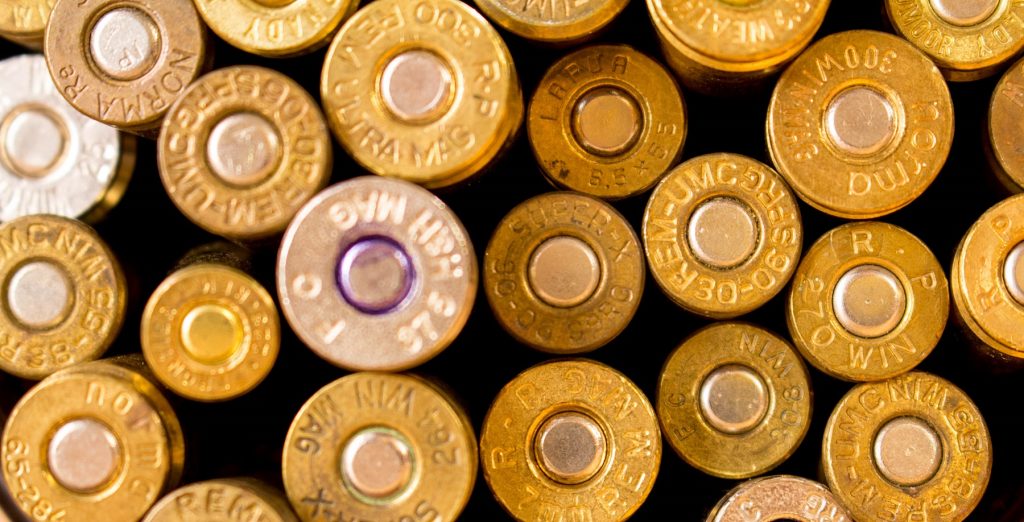
The Rifle Cartridge Name Game
Cartridges come with all sorts of names, and it’s important to be able to differentiate between them.
We have all sorts of cartridge names, to the point that the nomenclature is downright confusing. There’s a wonderful hodge-podge of name and numbers that will make you dizzy when perusing for a rifle cartridge, so let’s take a look at what goes into naming a cartridge, so you may have a better understanding of who’s who and what’s what.
At First, it Was Easy
Our cartridges are usually a combination of a number and a name. Take, for example, the .308 Winchester. Winchester was the developing company, and the bullet diameter is .308-inch.
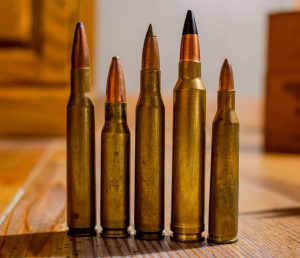
Left to right, the .270 Win., .308 Win., .03-’06 Springfield, .300 Winchester Magnum and .220 Swift. Even our most popular cartridges have different naming systems.
Some cartridges bear the personal name of the developer, such as the .257 Roberts named for Ned Roberts, or the .35 Whelen named for Col. Townsend Whelen. Other names are just for effect, like the .22 Hornet, the .220 Swift, the .224 Valkyrie and the 6.5 Creedmoor (the latter being named after the farm where famous shooting matches were held in the late 1800s).
Many are named after famous firearms companies, such as Winchester, Remington, Holland & Holland, Weatherby, Ruger and Mauser, and there are those named after ammunition companies, such as Hornady or Norma. Some are named after government entities, such as the .303 British (the British military cartridge), the .30-’06 Springfield (named after the famous Springfield Armory in Massachusetts) or the .45-70 Government (the U.S. military round from 1873 to 1893). Sounds like it might be easy to keep things straight, but then consider that the .45-70’s simple numbers represent the diameter of the bullet (.458-inch) and the grains of blackpowder (70) in its original loading. The name will be very important, as you’ll be seeing many of the same numbers as a prefix, but with different names at the end that really means these similar cartridges will all have different dimensions—from a safety standpoint, that’s extremely important information.
So About Rounding Up and Down …
Regarding the numerical portion of a cartridge’s name (or at least a part of it as in the case of the .45-70 Gov’t.), it usually reflects the bullet diameter, though there are exceptions. Some numbers are shortened, some are rounded, and some reflect a dimension different from what the number says. Yes, now it starts to get confusing (emphasis on “starts”).
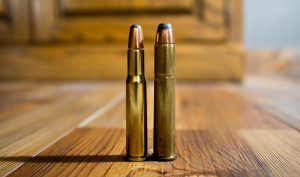
The classic .30-30 Winchester and its parent, the .38-55, are named for the bullet diameter (first number) and the original powder charges (second number), in this case 30 grains of (early) smokeless powder in the .30-30 and 55 grains of blackpowder in the .38-55.
Our .308 Winchester, and the more rare .308 Norma Magnum, both reflect the .308-inch-diameter bullets they use. The .257 Roberts and .257 Weatherby Magnum do the same. The .30-30 Winchester, the .30-’06 Springfield and .30 Nosler shorten the .308-inch bullet diameter dimension to be expressed simply as “.30.” Within their caliber, so does the .25-’06 Remington, .35 Remington and .22 Hornet.
Some cartridges use numbers that are merely close to the actual bullet diameter, like the .300 Winchester Magnum (actually .308-inch), the .270 Winchester (actually .277-inch), and the .260 Remington (actually .264-inch).
So far I’ve talked about cartridges that use decimal portions of an inch, but there are others that use metric measurements. The 6.5 Creedmoor, 6mm Creedmoor and 6mm Remington, 7mm Remington Magnum and the 7×57 Mauser all use a metric designation (in millimeters). Note: Historically the metric cartridges haven’t been all that successful here in the U.S., but the recent popularity of the Creedmoor cartridges have warmed many up to accepting metric designations—and shooting the living daylights out of them.
This is Why We Celebrate the 4th of July
(and You Thought it Was About Taxes)
As I said, not all cartridges use the actual, true bullet diameter, and that tradition hearkens back to the British system of cartridge naming. Within the rifle’s barrel, is the rifling consisting of “lands” and “grooves.”
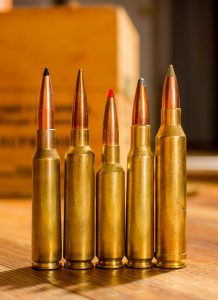
Left to right, the 6.5×55 Swede, 6.5-284 Norma, 6.5 Creedmoor, 7×57 Mauser, and 7mm Rem Mag, all cartridges with metric designation names.
The lands are the higher areas, which cut into the bullet to impart spin. The British and some European countries have often (but not always) used the diameter of the lands, not the bullet diameter, for the cartridge designation. For instance, all our 7mm cartridges actually use a bullet with a diameter of 7.21mm, and our 6.5mm bullets actually measure 6.70mm! The 6.5 and 7mm designations came from the lands within the rifling, and the names stuck. There are others, cartridges like the .303 British, which use a .312-inch bullet, and the .404 Jeffery, which uses a .423-inch bullet, just to name two.
Blackpowder’s Footprint
Before there was smokeless powder, there was blackpowder. Of course, that means there are cartridges that carry forward their name from the blackpowder era. I’ve already mentioned the .45-70 Gov’t. The .30-30 Winchester derives its name from a blend of the caliber and powder charge, in this instance .30-caliber and 30 grains of blackpowder. The .38-55 uses a .375-inch bullet and a 55-grain blackpowder charge, and so on and so forth. Don’t lump the .30-’06 into this group though. The .30-’06 Springfield is a .30-caliber bullet, created in 1906 (there’s the -’06 part) which should promptly undo any rhyme or rhythm you thought you’d gleaned about cartridge naming thus far.
First it Was Something, Then it Was Something Else
There are a good number of cartridges which derived from another existing case, but modified to hold a different diameter bullet. The .25-’06 Remington is the .30-’06 case “necked down” to hold .257-inch bullets. Thus, the new case when created, used the new bullet diameter but the invented-year suffix of the parent case (the .25-’06 Remington was standardized, after 50 years of “wildcat” status, in 1969). The same method created the 7mm-08 Remington, a .308 Winchester modified to hold 7mm bullets. The .22-250 Remington—that classic varmint cartridge—is named in this manner, as it is a .22-caliber cartridge based on the .250-3000 Savage round. That Savage cartridge was named for its .25-caliber bullet loaded to fly at a muzzle velocity of 3,000 fps—and that is the only cartridge I’m aware of named in that manner!
There’s more to this parent case thing, and if my earlier examples of British cartridge naming didn’t make you want to dump some tea in Boston Harbor, this will: While our American cartridges developed from some other cartridge put the bullet diameter first and the parent case second, the British reverse the process. (Of course they do.) Thus, the .450-400 Nitro Express is the .450 Nitro Express cartridge modified to hold .400caliber (okay, actually .411-inch) bullets, and the .500-465 Nitro Express is a .500 Nitro Express case necked down to hold .465-inch bullets.
Are Magnums Really Bigger?
The word “Magnum,” capitalized when used in a cartridge name, is often used to represent a cartridge that gives exceptional velocities. But not all cartridges with the Magnum name have exceptional velocities, and not all true Magnums have Magnum in their title. I’d give you some examples, but that would take pages more and, well, I’m guessing your get the gist of this discussion by now. There’s every good reason to be confused, so I highly recommend you pick up a copy of “Cartridges of the World,” as it makes a great reference and will help explain the whole mess. It contains a history of nearly every cartridge ever used, as well as the origin and performance levels of each. I have several copies, as it’s updated every few years, and refer to them often.
*-*-*-*-
Phil Massaro’s expertise both with firearm and sentence has quickly given him a hard-earned reputation in the outdoor industry. Hunting in his native New York state since the age of 14, Massaro now travels the world, pursuing everything from the whitetails and black bears of New England to red stag in Scotland, Cape buffalo in Zambia and Mozambique, elephant in Zimbabwe and water buffalo in Australia. His work appears regularly in the NRA’s American Hunter and Shooting Illustrated, Gun Digest, Guns & Ammo and Dallas Safari Club’s Game Trails Magazine, often accompanied by the photography of his wife, Suzie, also an avid hunter. When not writing or hunting, he works as a professional land surveyor alongside his father, and he also manages to squeeze in time at the reloading bench of Massaro Ballistic Laboratories, the custom ammunition company he founded. No, he doesn’t sleep.
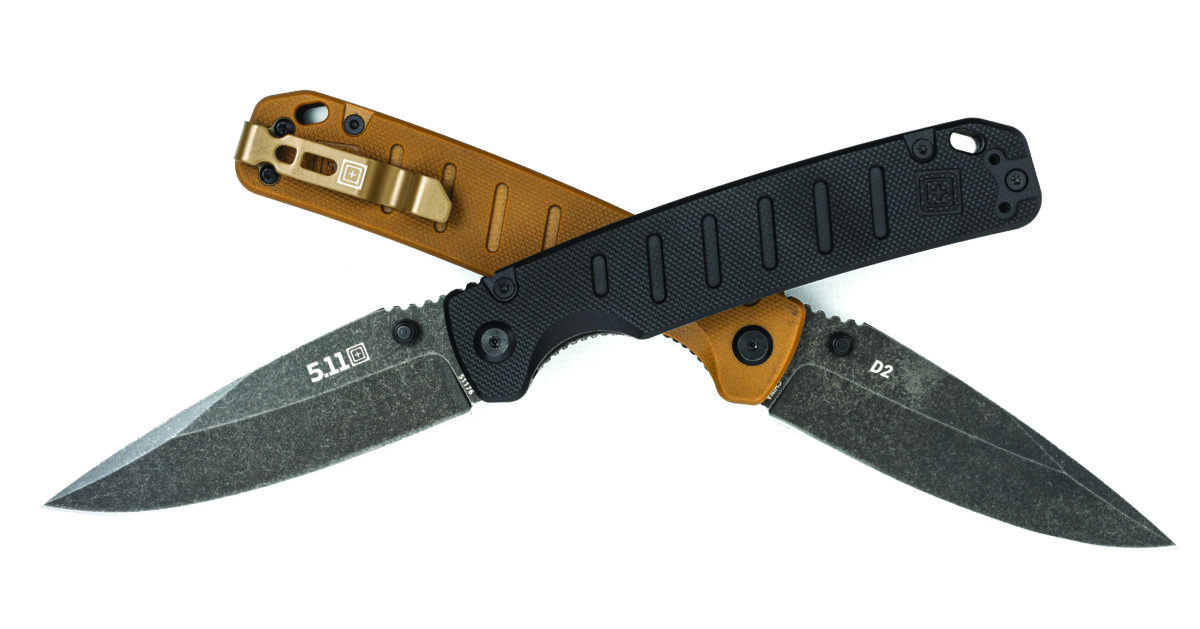

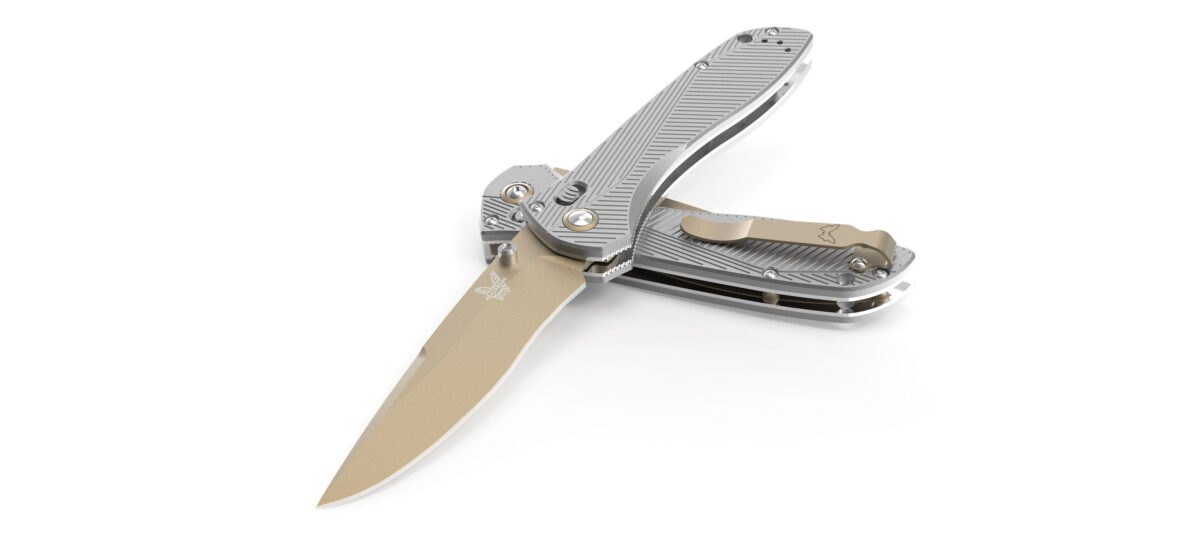

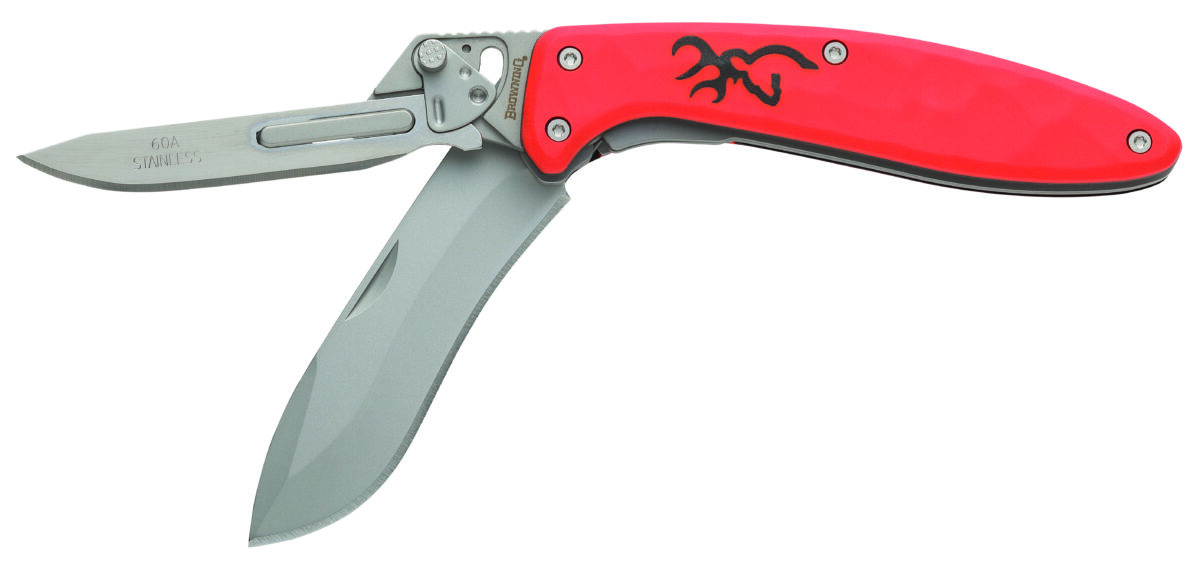

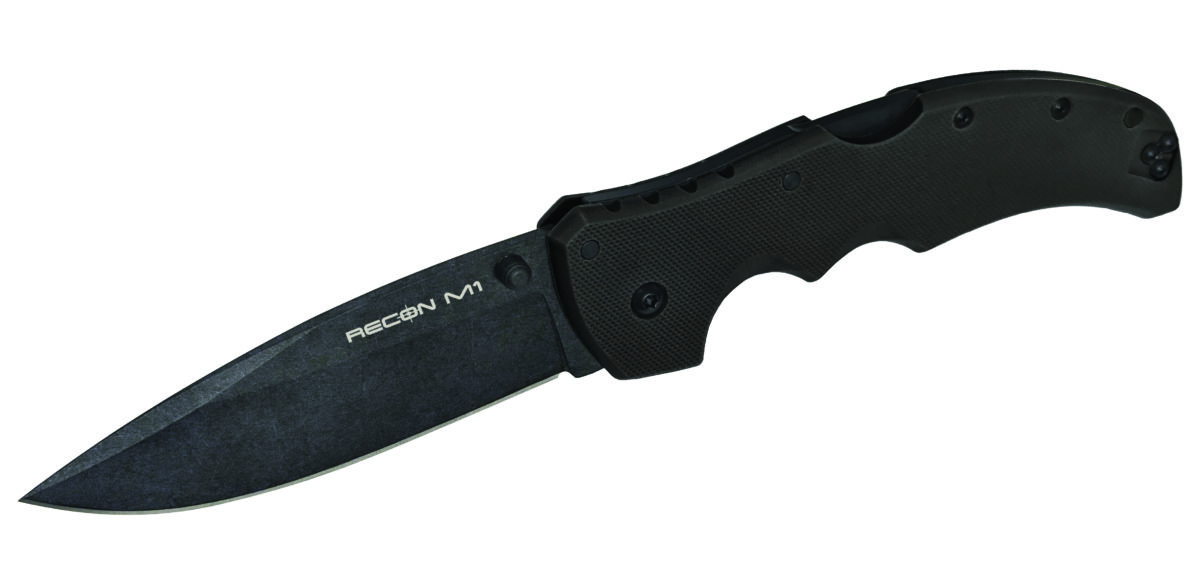
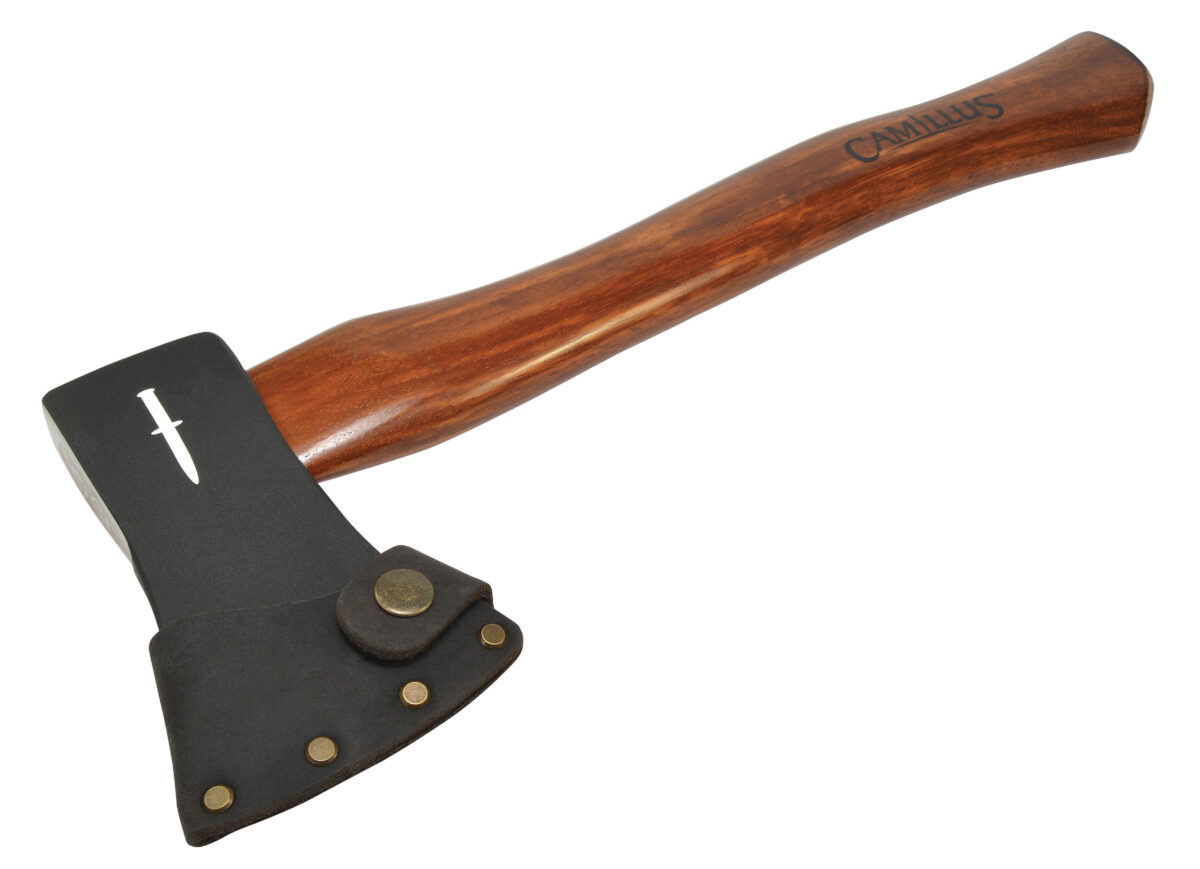


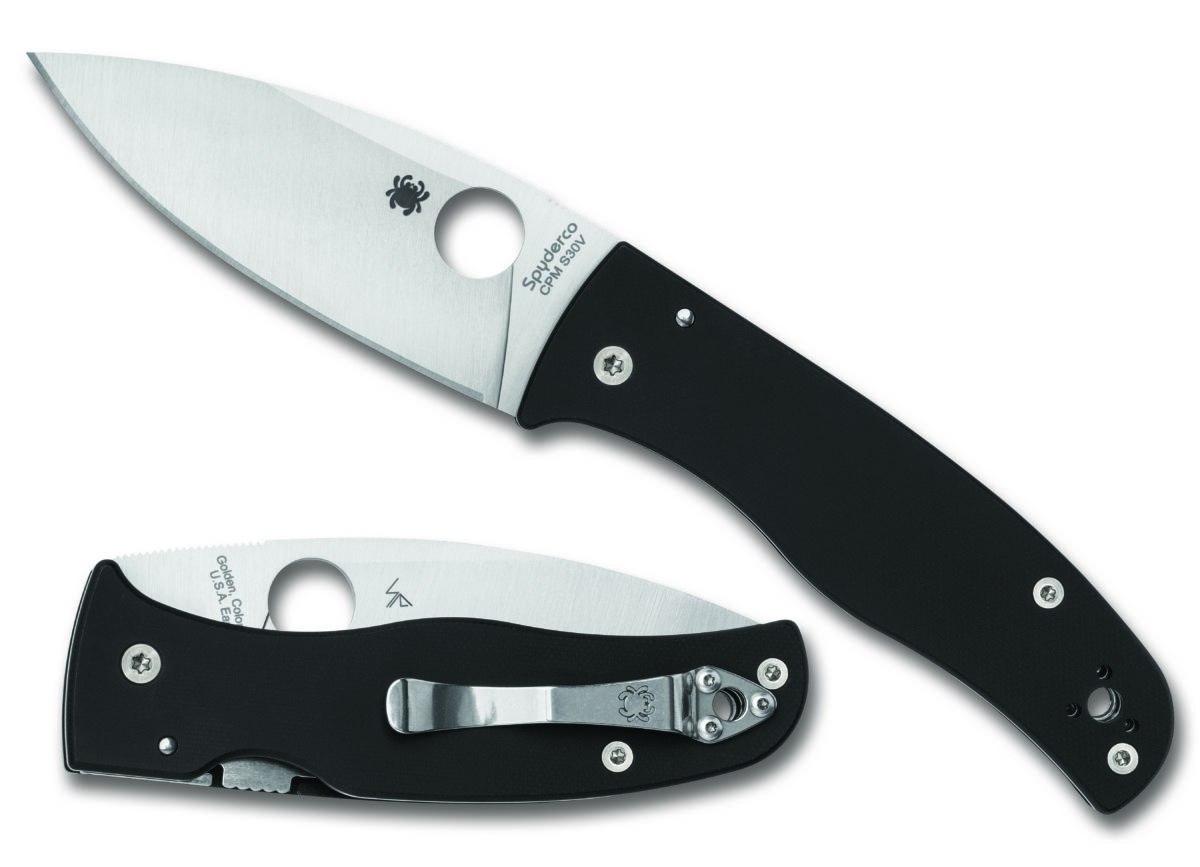

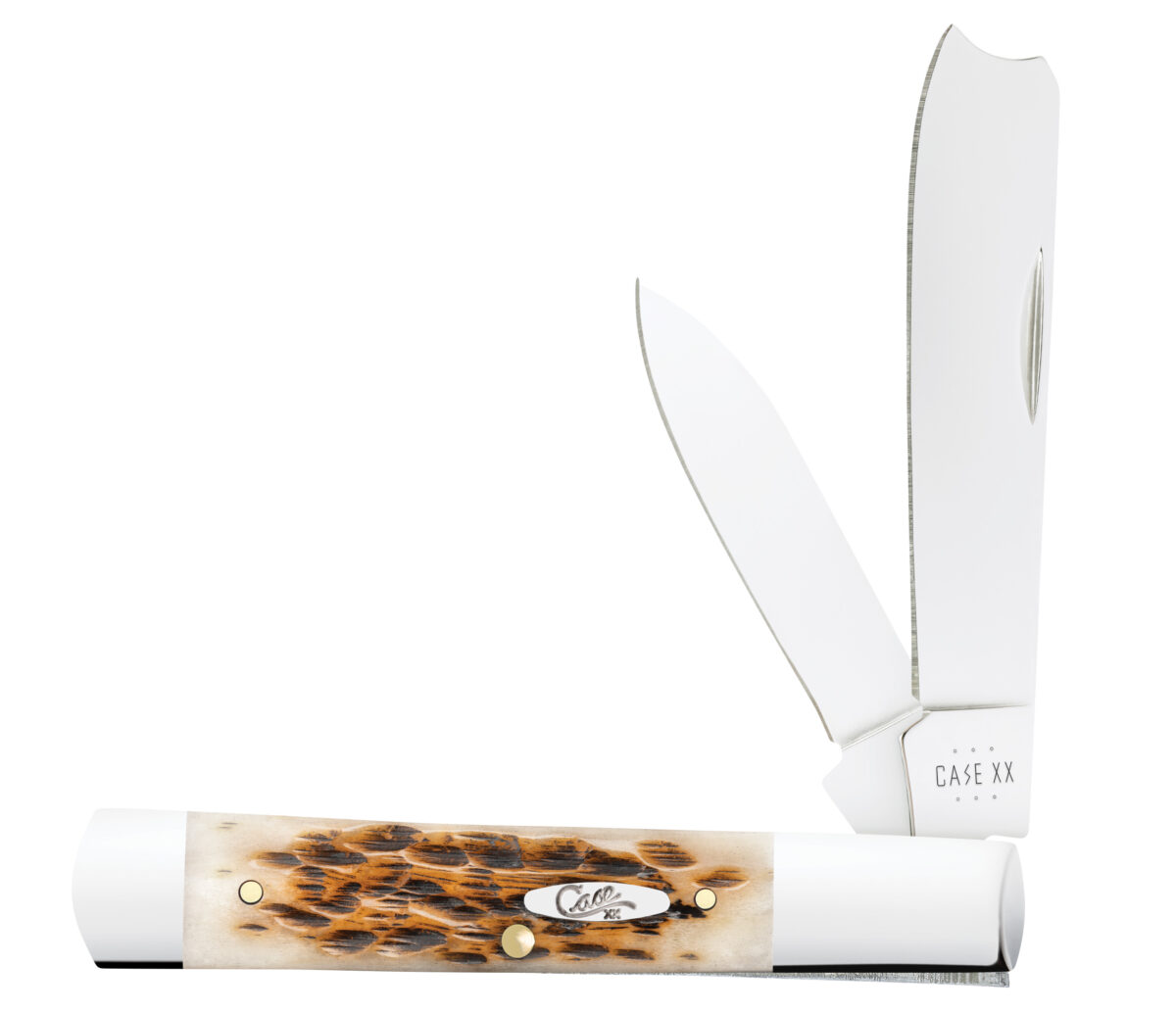
 Excise taxes fund wildlife research for the sustainable maintenance of healthy wildlife populations.[/caption]
The excise taxes established under the Pittman-Robertson Act have been a driving force, contributing over $16.4 billion (over $25 billion adjusted for inflation) to individual states. In this video, Peter Novotny, Deputy Chief of the Ohio Division of Wildlife, highlights how these funds, combined with hunting and fishing license dollars, fund essential wildlife research. This research enables a deeper understanding of how wildlife populations adapt to a changing environment, ultimately leading to the maintenance of healthy and sustainable populations.
Excise taxes fund wildlife research for the sustainable maintenance of healthy wildlife populations.[/caption]
The excise taxes established under the Pittman-Robertson Act have been a driving force, contributing over $16.4 billion (over $25 billion adjusted for inflation) to individual states. In this video, Peter Novotny, Deputy Chief of the Ohio Division of Wildlife, highlights how these funds, combined with hunting and fishing license dollars, fund essential wildlife research. This research enables a deeper understanding of how wildlife populations adapt to a changing environment, ultimately leading to the maintenance of healthy and sustainable populations.
 “We feel comfortable and confident that the excise tax dollars are helping keep healthy deer herds out there across the United States,” said Phil Bednar, President and CEO of TenPoint Crossbows.[/caption]
“We feel comfortable and confident that the excise tax dollars are helping keep healthy deer herds out there across the United States,” said Phil Bednar, President and CEO of TenPoint Crossbows.[/caption]

